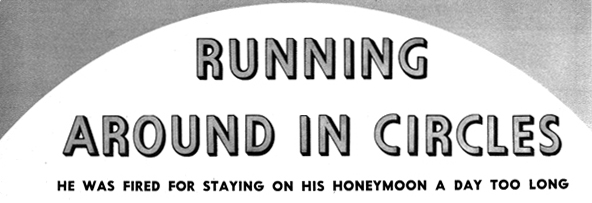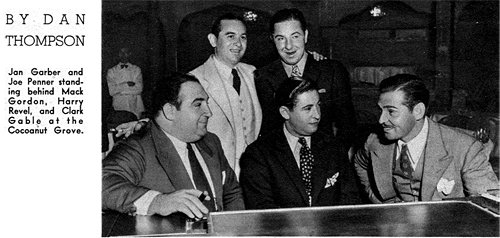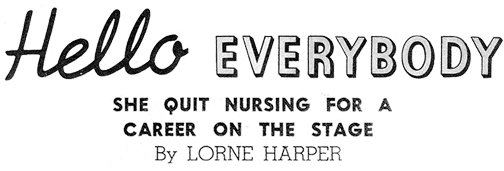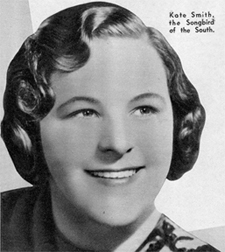Though his prognostications about the future of dance music (see below) left something to be desired, violinist and orchestra leader Jan Garber was very popular indeed in 1935, when this profile was first published in Popular Songs magazine.
Though Garber and his orchestra are not nearly as well remembered today as other band leaders and their outfits, it’s interesting and not a little surprising to note that there’s still a Jan Garber orchestra operating today. One isn’t, perhaps, surprised to learn that there are officially sanctioned, latter-day Glenn Miller, Artie Shaw, and Tommy Dorsey orchestras still out there touring the country, causing toes to tap from coast to coast, but the Jan Garber Orchestra?
That comes as something of a surprise, if a pleasant one. Speaking of surprises, read to the end of this profile, and you’ll find some choice Jan Garber cuts awaiting you.


Jan Garber and His Orchestra — Ain’t No Maybe in My Baby’s Eyes


